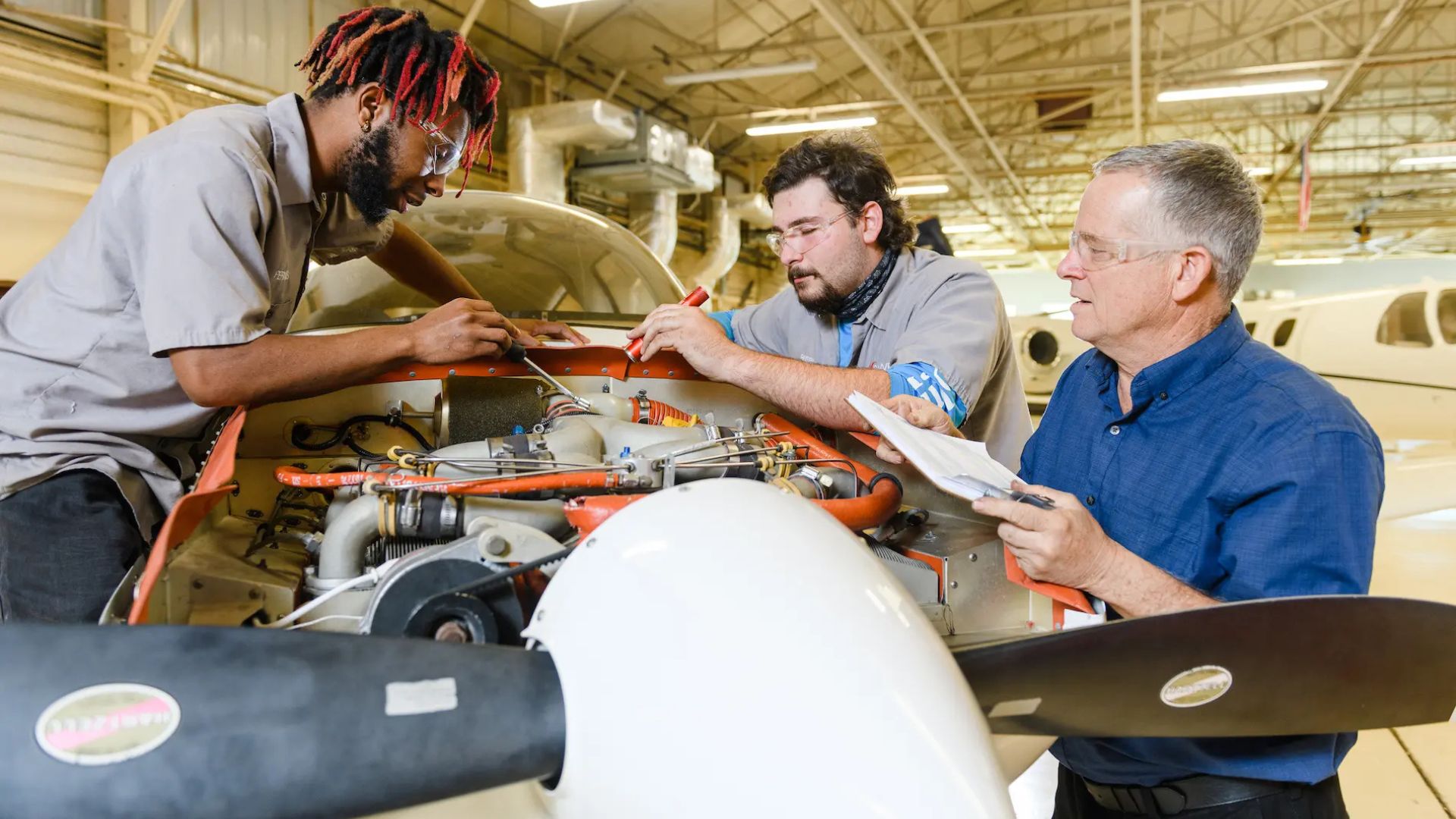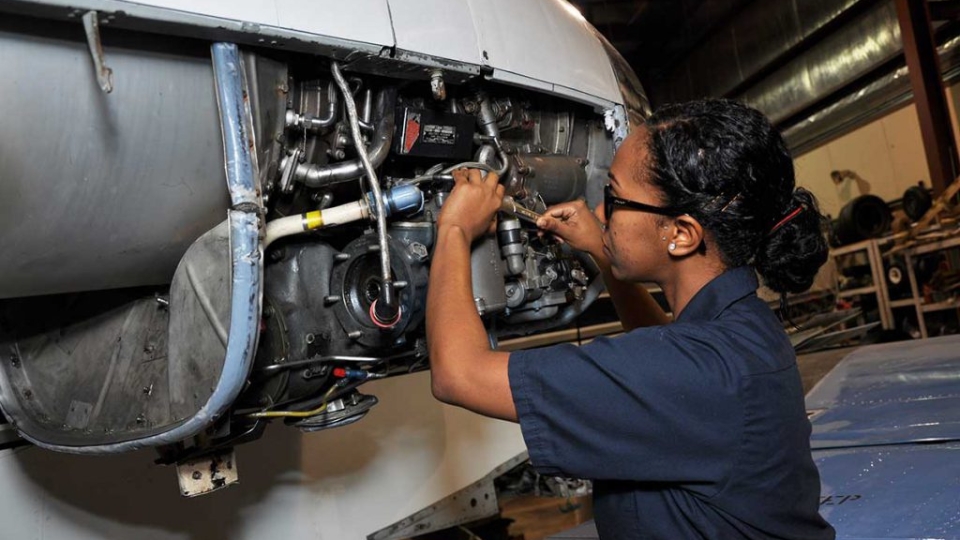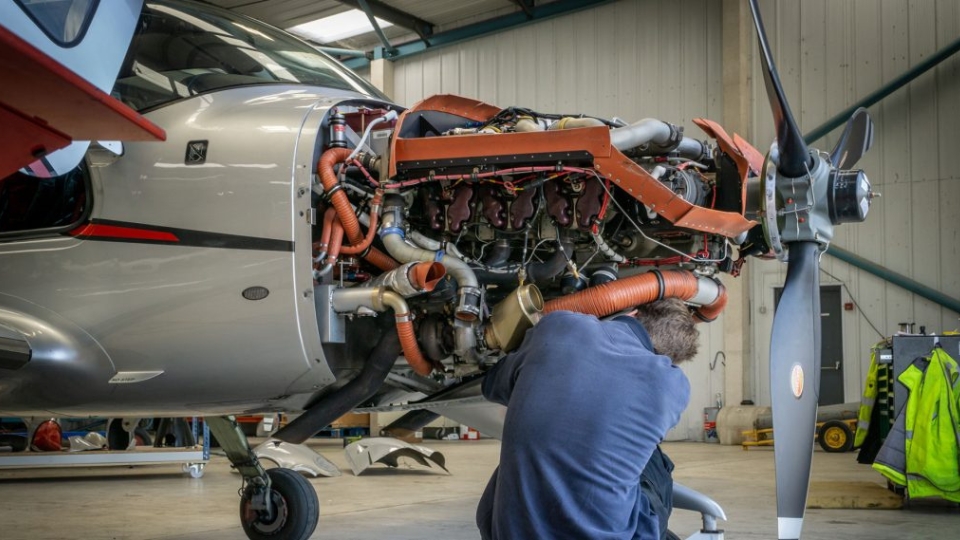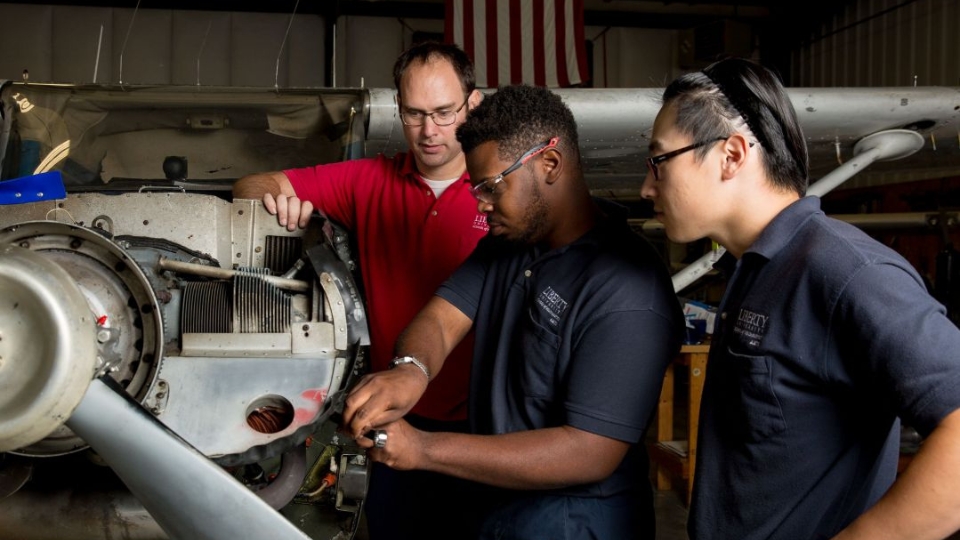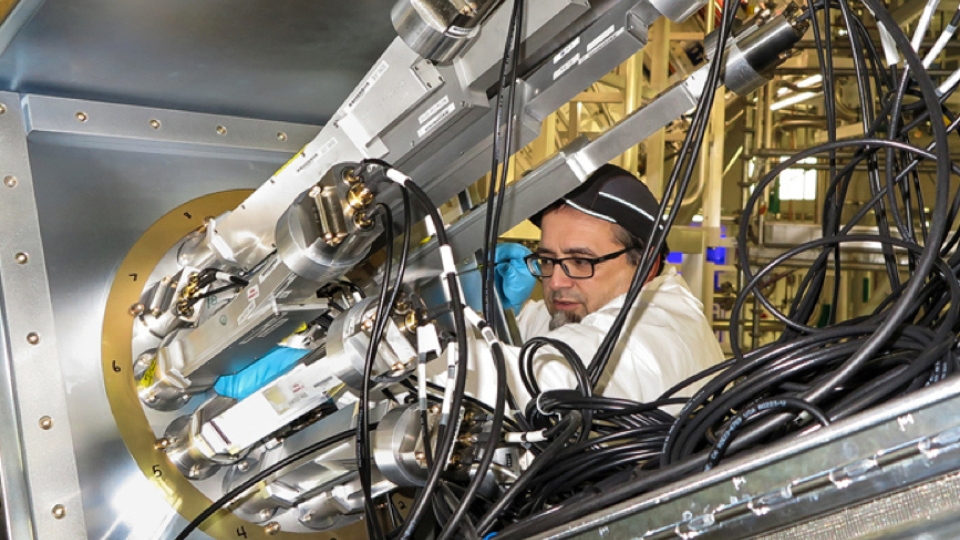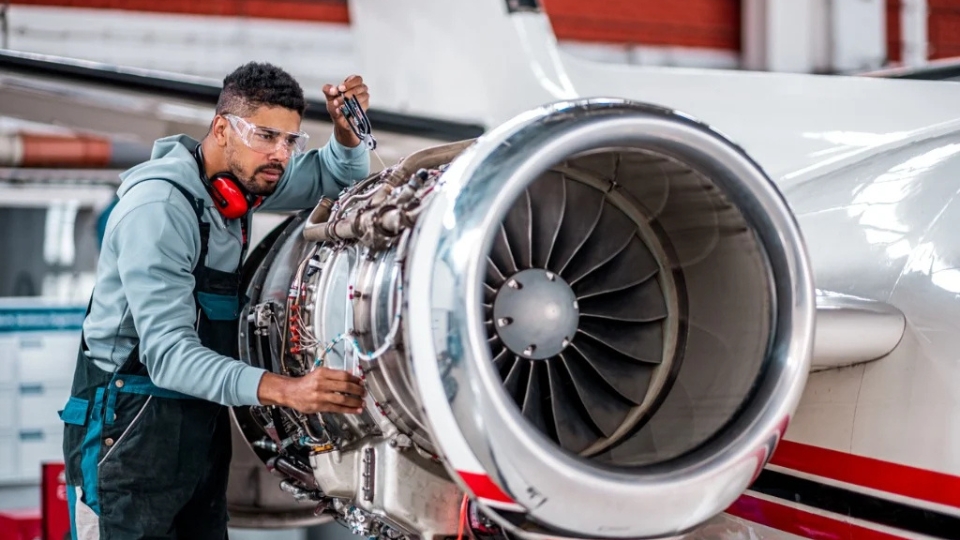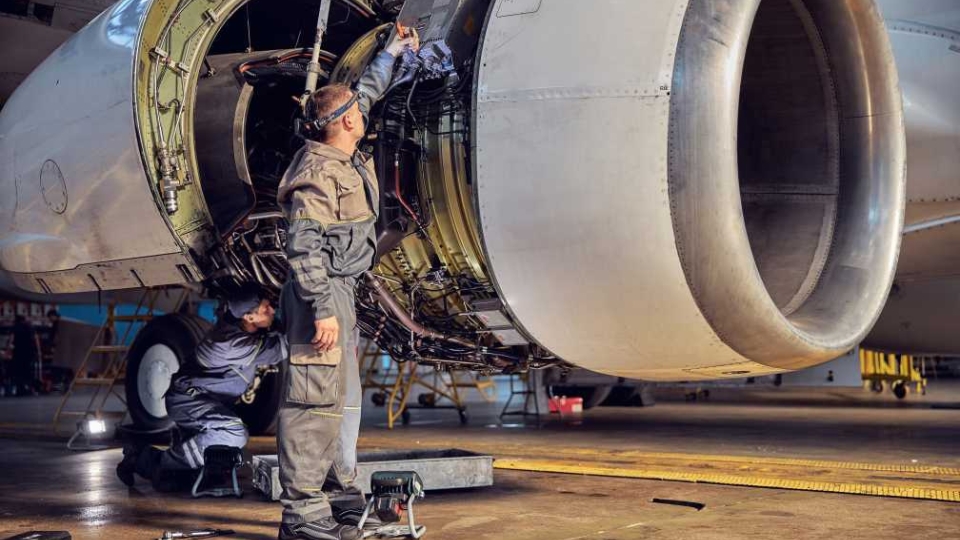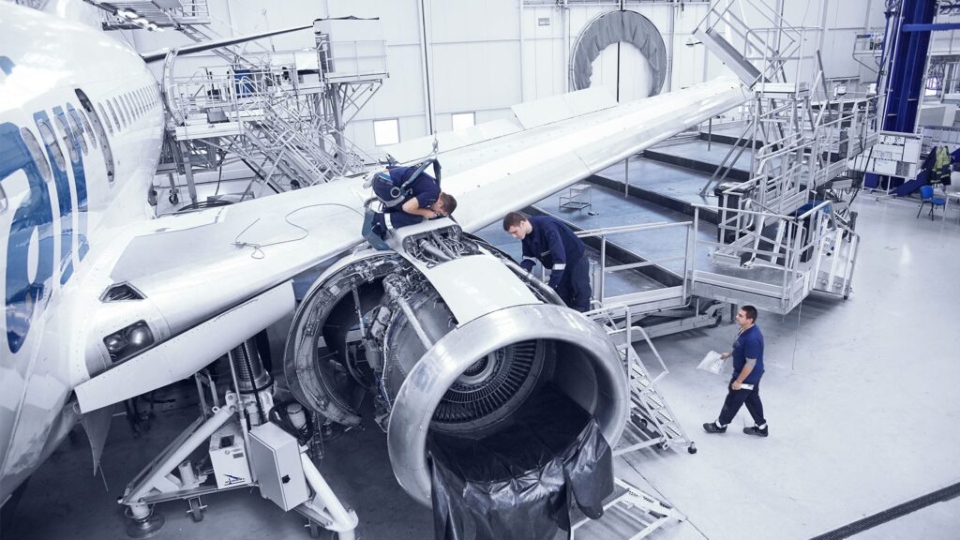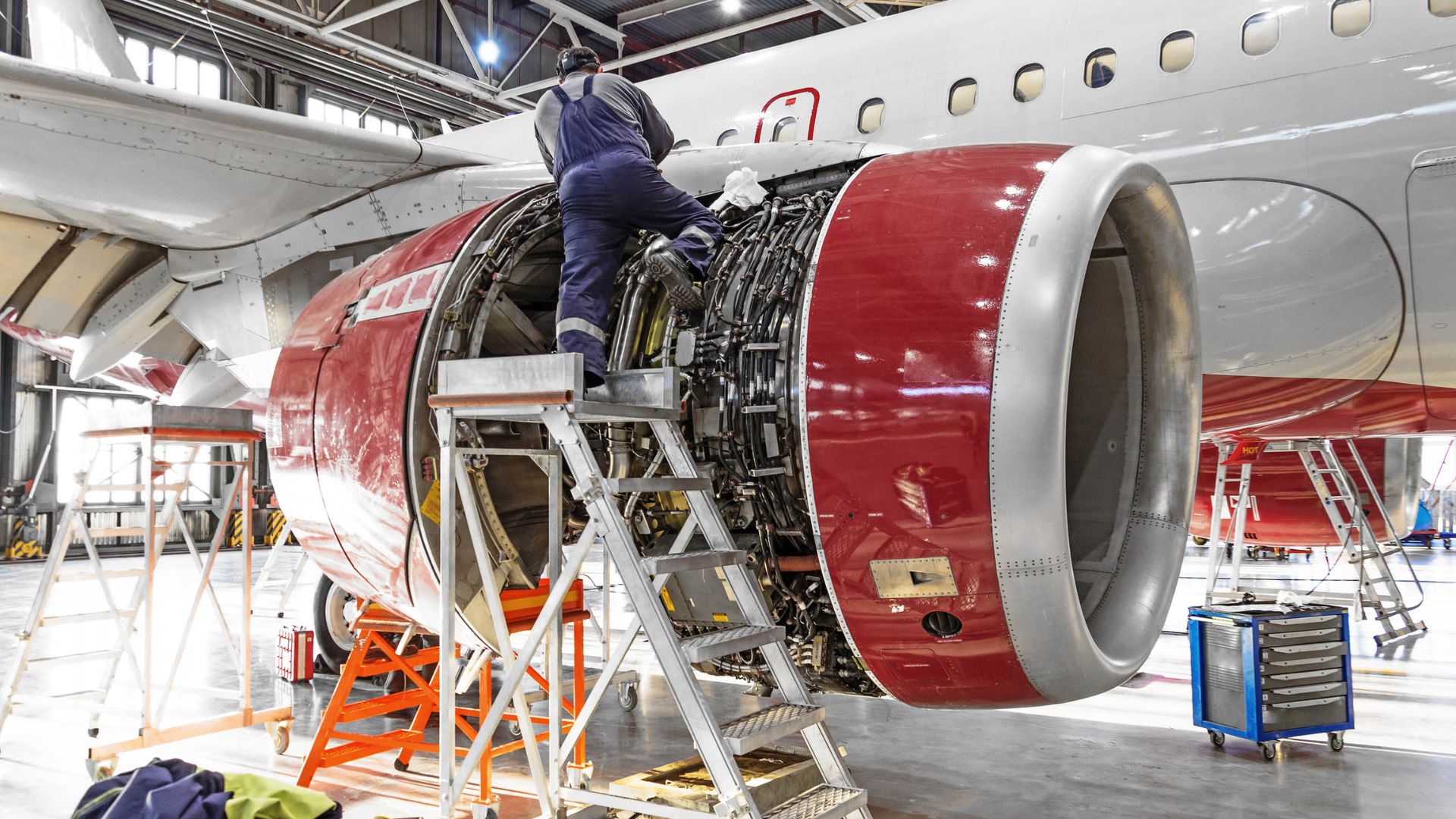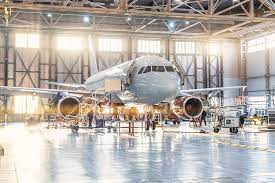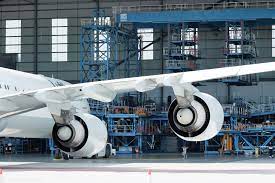Aircraft maintenance engineers (AMEs) play a crucial role in the aviation industry. Their work behind the scenes ensures that planes are safe, reliable, and ready for every flight. Every day, these skilled professionals inspect, repair, and maintain aircraft, balancing precision with efficiency to meet tight schedules. Let’s take a detailed look at what a typical day looks like for an aircraft maintenance engineer.
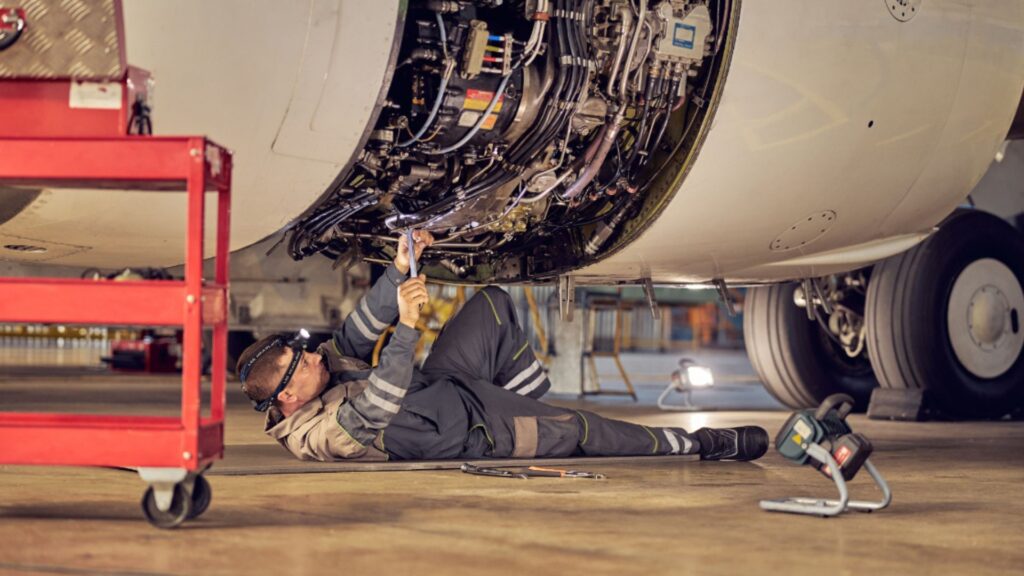
Starting the Day: Briefings and Planning
The day begins early with a team briefing. During this meeting, engineers review the day’s flight schedules, any overnight reports from pilots, and urgent maintenance issues that need attention. Planning is critical since aircraft maintenance must align closely with flight operations. Delays in maintenance can ripple through the entire schedule, affecting dozens of flights.
Work orders are distributed, prioritizing inspections, repairs, and preventive maintenance. This structured start helps AMEs organize their tasks, gather necessary tools and parts, and prepare to tackle the day efficiently.
Conducting Routine Inspections
Much of an AME’s time is spent performing routine inspections, which keep aircraft in top condition. These checks vary from quick visual assessments to detailed technical examinations, including:
-
Pre-flight inspections: Before every flight, AMEs verify that critical systems like engines, avionics, and hydraulics function properly. They check fuel levels, tire pressure, and control surfaces.
-
A-Checks and B-Checks: Scheduled periodically based on flight hours or cycles, these thorough inspections cover structural components, electrical systems, and engine performance. AMEs disassemble parts, test individual systems, and replace worn components if necessary.
These inspections are critical to catch minor issues before they become serious problems. Attention to detail is paramount since even small faults can jeopardize safety.
Diagnosing and Repairing Problems
When pilots report abnormalities or warning lights illuminate during operation, AMEs step in to diagnose the cause. Using advanced diagnostic tools, schematics, and aircraft manuals, they trace the problem through electrical systems, mechanical linkages, or software controls.
Repairs range from replacing faulty sensors or worn-out bearings to fixing hydraulic leaks or avionics malfunctions. This work often requires collaboration with other specialists and precise coordination to ensure all components meet stringent safety standards.
Troubleshooting challenges demand not only technical expertise but also creative problem-solving skills. Every repair is carefully documented and double-checked before returning the aircraft to service.
Rigorous Documentation and Compliance
Meticulous record-keeping is a vital part of an AME’s responsibilities. For every inspection, repair, or part replacement, engineers log detailed information in maintenance records. These documents ensure traceability, regulatory compliance, and operational transparency.
Aviation authorities such as the Federal Aviation Administration (FAA) or European Union Aviation Safety Agency (EASA) enforce strict regulations requiring accurate maintenance logs. These records become part of the aircraft’s official history, crucial for audits and safety reviews.
Teamwork and Communication
Aircraft maintenance is inherently collaborative. AMEs work closely with:
-
Pilots: to understand issues reported during flights or ground checks.
-
Supply chain teams: to secure replacement parts quickly.
-
Other engineers and technicians: specializing in engines, avionics, or structures.
Effective communication ensures that maintenance tasks are prioritized correctly and completed on time. At busy airports, this teamwork is vital to minimize aircraft downtime and keep flights on schedule.
Wrapping Up: Final Checks and Shift Handover
Before ending their shift, maintenance engineers perform final system tests to verify that repairs have resolved issues. They also review maintenance schedules and prepare detailed handover notes for the next team.
This careful handoff ensures that any outstanding tasks or observations are communicated clearly, maintaining continuity and safety around the clock.
Challenges and Rewards
The job can be physically demanding, requiring engineers to work in cramped spaces, at heights, or outdoors in various weather conditions. They must also stay up-to-date with evolving aircraft technologies, from new composite materials to advanced avionics systems.
Despite these challenges, many AMEs find their work highly rewarding. The knowledge that their efforts directly contribute to passenger safety and smooth flight operations brings a strong sense of pride and purpose.
The Essential Role of Aircraft Maintenance Engineers
In essence, aircraft maintenance engineers are the guardians of air safety. By ensuring every bolt is secure, every system functions, and every component meets standards, they enable millions of people worldwide to travel safely every day.
Their dedication, precision, and teamwork form the backbone of the aviation industry, making them indispensable to modern air travel.

